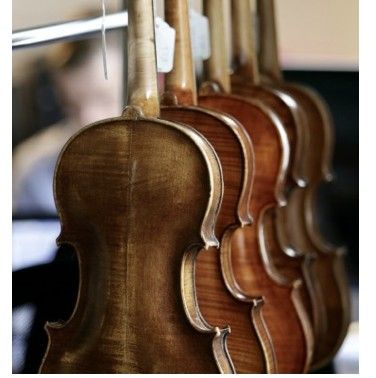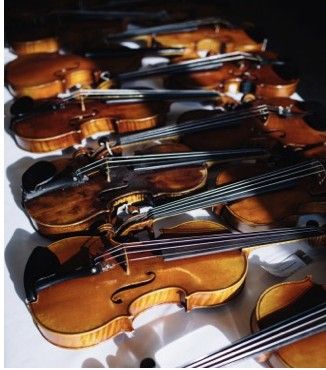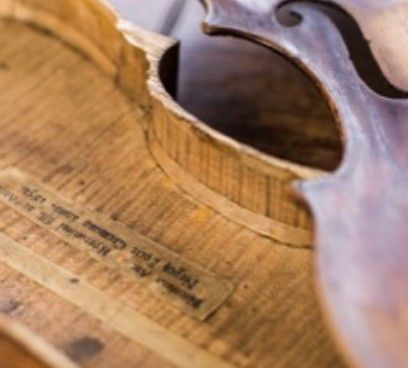Find Your Violin Worth Today
Henry Lockey Hill
He was the son of Lockey Hill, the grandson of Joseph Hill, and the father of the world-renowned William Ebsworth Hill. He was a pupil of his father, and he worked for some time with John Betts. Later he became partner with his brothers in his father's firm, and contributed largely by his excellent work to make the name of " Hill " one of the greatest fiddle names in all Britain. The workmanship and tone are magnificent — sufficiently so to furnish the forger with an excuse to extract the label (if there were one) and inserting another bearing a more favoured name. I have seen more than one Lockey Hill violoncello in this country carrying an Italian “passport.” A renowned 'cello player uses at the present moment a Henry Lockey Hill instrument with a Stradivari label. It is of the same measurements as the Strad 'cello sent by Friedrich Wilhelm III. of Prussia to John Betts in 1810, to be sold in this country. In all respects it is a perfect copy, except as regards the varnish and the purfling. The varnish, although of excellent quality, and a close imitation, is not to be compared with that of Stradivari. The purfling is care- fully inlaid, but not in the manner of the original. Any one examining the mitring at the corners will perceive the difference. Careful analysis and comparison of this specimen with other Henry Lockey Hill violoncellos reveal the identity of style. Some years ago I saw a violin by this maker, made on the Amati model, with a slab back of beautiful figure, which had a dulcet tone. The colour of the varnish resembled the brownish-purple tint of the bark of the birch tree in autumn. Hill frequently used a light-coloured varnish, which is perfectly transparent and very elastic. I have seen only one of his violas, which was on a modified Amati model, with a widened waist, and not over-pronounced arching. The tone was large and deep on the lower strings, and clear and incisive on the upper ones. The scroll was in the Italian style, free and easy, and the sound-holes " clean " and graceful. The varnish on this instrument was of a pinkish tint, laid on thinly and nicely polished. Altogether the work of Hill is exceedingly fine, and it is a great pity there is not more of it.
Show more Hide textPrice History
| Type | Title | Sold | Price |
|---|---|---|---|
| Cello | 74.0 cm London, early 19th C. [Attributed to] | Tue 1st November 11 | £ 9774.00 |
| Cello | 73.8 cm London, 1810 c. | Tue 1st June 10 | £ 14400.00 |
| Cello | 73.8 cm 1800 c. (restorations) | Sun 1st March 09 | £ 6240.00 |
| Violin | 35.2 cm 1760 c. [Ascribed to] | Mon 1st December 08 | £ 3595.00 |
| Cello | 73.6 cm 1810 c. [Attributed to] | Sat 1st November 08 | £ 7200.00 |
| Viola | 38.9 cm Ondon, 1830 c. | Wed 1st October 08 | £ 6435.00 |
| Cello | 73.2 cm 1770 c. [Attributed to] | Sun 1st June 08 | £ 15600.00 |
| Violin | London, 1820 c. | Wed 1st June 05 | £ 6330.00 |
| Violin | 1820 c. | Sat 1st January 05 | £ 2868.00 |
| Violin | Wed 29th October 14 | £ 2.00 |
Similar Makers
Books by Amati
Amati, in collaboration with leading experts, have published a few key books in the field of stringed instruments.
Explore more


